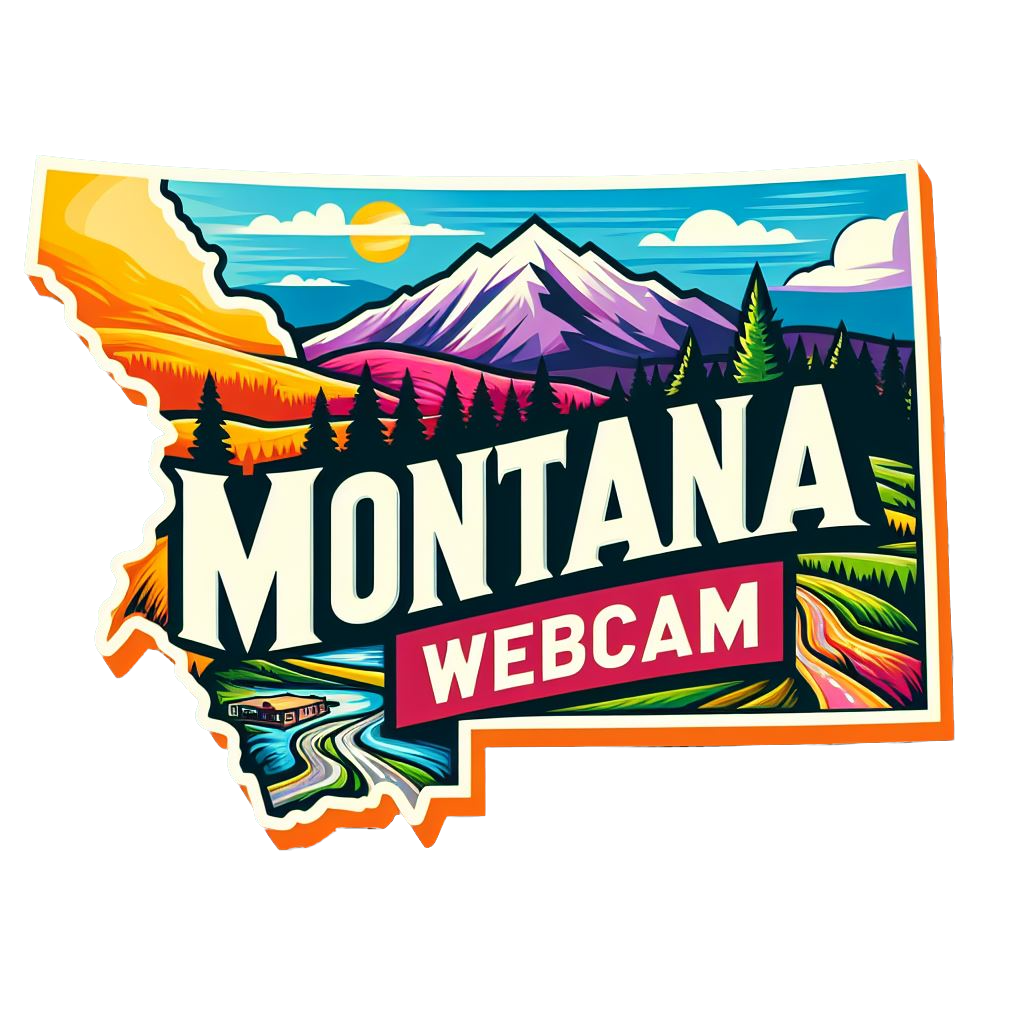Fort Peck, MT Weather Cams
Fort Peck Reservoir Cam

Fort Peck, Montana: A Monument of Engineering and Resilience
Ft. Peck, MT Weather Cams. Fort Peck, Montana, is a small town with a big history. Known primarily for the massive Fort Peck Dam and the resulting reservoir, Fort Peck has played a crucial role in the development of the American West. From its origins as a bustling construction site during the Great Depression to its current status as a center for recreation and wildlife conservation, Fort Peck’s story is one of innovation, resilience, and community spirit.
The Genesis of Fort Peck Dam
The history of Fort Peck, Montana, is inextricably linked to the Fort Peck Dam, one of the largest earth-filled dams in the world. The idea for the dam emerged during the 1920s and 1930s, a period of severe drought and economic hardship in the United States. The Missouri River, which flows through northeastern Montana, was prone to flooding and posed challenges for navigation and agriculture.
In response to these issues, the U.S. Army Corps of Engineers proposed the construction of a dam to control flooding, generate hydroelectric power, and provide a reliable water source for irrigation. The project received federal approval under President Franklin D. Roosevelt’s New Deal, an ambitious series of programs aimed at revitalizing the American economy during the Great Depression.
Construction and the Birth of Fort Peck
Construction of the Fort Peck Dam began in 1933 and quickly became one of the largest public works projects in U.S. history. Thousands of workers from across the country flocked to the site, seeking employment and the promise of a better life. The influx of workers led to the rapid development of a construction town, which was named Fort Peck after an old military post that had once stood nearby.
The town of Fort Peck was a bustling, temporary settlement, complete with housing, schools, hospitals, and recreational facilities. At its peak, the population swelled to over 10,000 people, creating a vibrant, if transient, community. The construction site operated around the clock, with workers toiling in shifts to meet the ambitious project timeline.
The dam itself was a marvel of engineering. Stretching nearly four miles across the Missouri River and standing 250 feet high, it required the excavation and movement of over 125 million cubic yards of earth. The project also included the construction of a power plant and spillway, further enhancing its utility and complexity.
Challenges and Triumphs
The construction of Fort Peck Dam was not without its challenges. The sheer scale of the project, coupled with the harsh weather conditions of northeastern Montana, tested the limits of engineering and human endurance. The workers faced extreme cold in the winter, sweltering heat in the summer, and the constant risk of accidents.
Tragedy struck on September 22, 1938, when a section of the dam’s upstream face collapsed during construction, resulting in the deaths of eight workers. The disaster underscored the dangers of such a massive undertaking and prompted a thorough investigation and redesign to ensure the dam’s safety and stability.
Despite these setbacks, the project forged ahead, and the Fort Peck Dam was completed in 1940. Its completion marked a significant achievement in American engineering and a testament to the resilience and determination of the workers and engineers involved.
The Impact of Fort Peck Dam
The completion of Fort Peck Dam had a profound impact on the region and the nation. The dam’s reservoir, Fort Peck Lake, is one of the largest man-made lakes in the United States, stretching over 134 miles and covering more than 245,000 acres. The lake provides a reliable source of water for irrigation, supports agriculture, and plays a vital role in flood control.
The hydroelectric power generated by the dam contributed to the rural electrification of the region, bringing electricity to farms, ranches, and small towns that previously lacked access. This transformation spurred economic development and improved the quality of life for countless residents.
Additionally, Fort Peck Lake and the surrounding area became a hub for recreation and tourism. The lake’s clear waters, abundant fish, and scenic beauty attract anglers, boaters, campers, and wildlife enthusiasts. The Charles M. Russell National Wildlife Refuge, which encompasses much of the area around the lake, provides a haven for diverse wildlife, including deer, elk, and migratory birds.
Fort Peck Today
Today, the town of Fort Peck is a small but vibrant community with a population of around 200 residents. While the construction town that once housed thousands of workers is long gone, the legacy of the dam endures. Fort Peck continues to serve as a key site for hydroelectric power generation, flood control, and water management.
The Fort Peck Interpretive Center and Museum, operated by the U.S. Army Corps of Engineers, offers visitors a glimpse into the history and significance of the dam and the surrounding area. The museum features exhibits on the construction of the dam, the natural history of the Missouri River, and the cultural heritage of the region.
Fort Peck also hosts a variety of events and activities that celebrate its history and community spirit. The Fort Peck Summer Theatre, housed in a historic building originally constructed for dam workers, offers a popular series of theatrical performances each year. The theater draws visitors from across the state and contributes to the town’s cultural vibrancy.
Conclusion
The history of Fort Peck, Montana, is a story of human ingenuity, resilience, and the transformative power of public works. From its beginnings as a construction camp during the Great Depression to its role as a center for recreation and wildlife conservation, Fort Peck has left an indelible mark on the landscape and the lives of those who have called it home. The Fort Peck Dam stands as a testament to the enduring legacy of the New Deal and the spirit of the American West, continuing to shape the region’s future while honoring its storied past.
For more information, visit the official Ft. Peck, MT website.
Ft. Peck, MT Weather Cams
See more Montana road conditions here.
